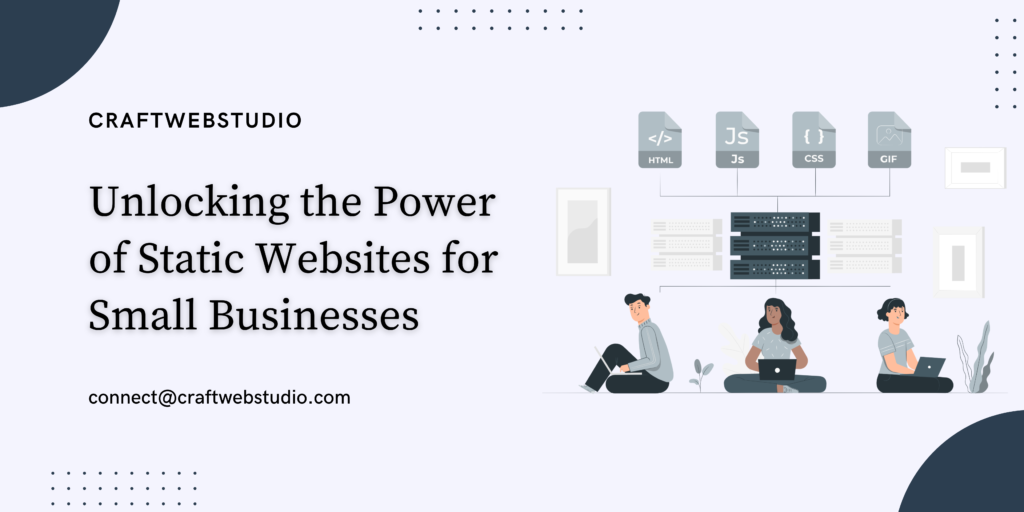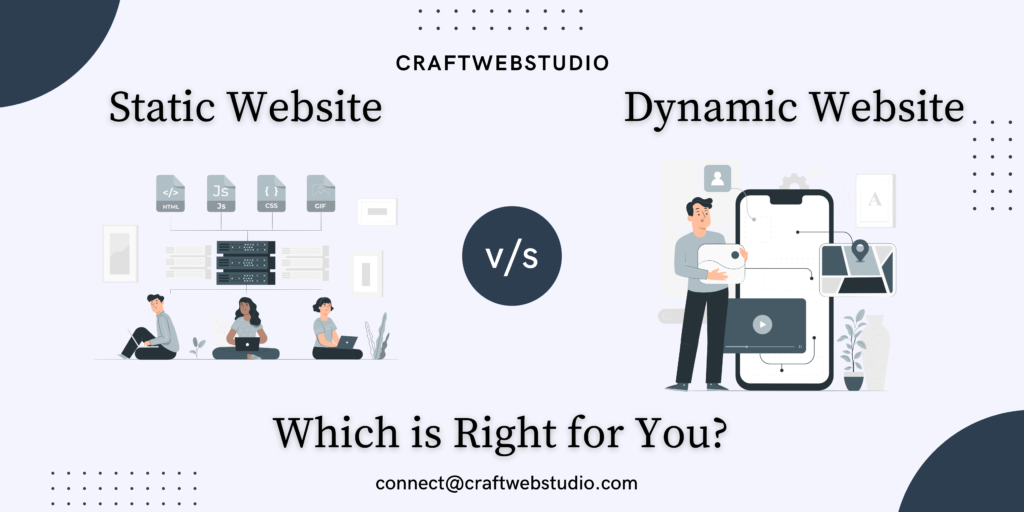Are you looking to take your business to the next level in the competitive online landscape of India? One powerful strategy that can help you stand out and attract more customers is a website redesign. In this blog post, we will explore the 5 key advantages of website redesign and how it can significantly boost your business’s online presence and success.
From enhancing user experience to improving search engine visibility, a website redesign can be the game-changer your business needs to thrive in the digital age. Let’s dive in and discover how a fresh, modern website design can propel your business forward.
What is website redesign ?
Website redesign is the process of revamping and updating the visual appearance, functionality, and content of a website to enhance its performance and user experience. It goes beyond just changing the look of a website; it involves strategic planning and implementation to ensure that the redesigned site aligns with the business goals and meets the needs of its target audience.
A website redesign may involve updating the design elements such as color schemes, layouts, and imagery to create a more modern and visually appealing look. It can also include optimizing the website’s navigation structure and user interface to make it more intuitive and user-friendly.
Overall, website redesign is a proactive approach that helps businesses stay current, competitive, and relevant in the ever-evolving digital landscape. By investing in a website redesign, businesses can improve their online presence, attract more visitors, and ultimately drive better results in terms of user engagement, conversions, and overall business growth.
5 Key Benefits of Website Redesign
- Enhanced User Experience: One of the primary benefits of website redesign is the opportunity to enhance the overall user experience. By incorporating intuitive navigation, clear calls-to-action, responsive design, and faster loading times, a redesigned website can provide visitors with a seamless and engaging browsing experience. A positive user experience can lead to increased user engagement, longer time spent on the site, and ultimately higher conversion rates.
- Improved Brand Perception: A visually appealing and well-designed website can significantly impact how your brand is perceived by visitors. A website redesign allows you to align your online presence with your brand identity, communicate credibility and professionalism, and differentiate your brand from competitors.
- Boosted Search Engine Visibility: Search engines favor websites that are user-friendly, mobile-responsive, and regularly updated with relevant content. By redesigning your website with SEO best practices in mind, you can improve your search engine rankings and attract more organic traffic to your site. A higher search engine visibility can drive more qualified leads to your website and increase your online visibility.
- Competitive Edge: In today’s competitive digital landscape, having a website that stands out is essential for attracting and retaining customers. A website redesign allows you to stay ahead of the curve by incorporating the latest design trends, functionalities, and features. By keeping your website fresh and up-to-date, you can differentiate your brand, capture the attention of your target audience, and outshine your competitors.
- Increased Conversions and ROI: A well-optimized website is key to converting visitors into customers and driving business growth. Through strategic design elements, compelling content, and streamlined user journeys, a website redesign can help improve conversion rates and maximize your return on investment. By aligning your website with your business goals and optimizing for conversions, you can drive tangible results and boost your business’s bottom line.
Why is redesigning your website important?
Redesigning your website is a transformative investment that goes beyond just aesthetics—it’s a strategic move that can significantly impact your business’s online success. By revamping your website, you not only enhance the overall user experience but also elevate your brand’s credibility and trustworthiness.
A well-designed website that is easy to navigate, visually appealing, and optimized for various devices creates a positive first impression on visitors and encourages them to engage with your content. Moreover, a website redesign is crucial for improving search engine visibility, as search engines prioritize user-friendly and up-to-date websites in their rankings.
By staying competitive and aligning your website with the latest design trends and technologies, you can differentiate your brand, attract more organic traffic, and drive conversions effectively.
When should you redesign a website?
Deciding when to redesign your website is a crucial decision that requires careful consideration of various factors. While there is no one-size-fits-all answer, there are several key indicators that can help you determine the right time for a website redesign.
One common trigger for a redesign is outdated design and functionality. If your website looks outdated, has poor navigation, slow loading times, or is not mobile-responsive, it may be time for a refresh to align with current design standards and user expectations. Another sign that you should consider a redesign is declining website performance.
If your site is experiencing high bounce rates, low conversion rates, or a drop in search engine rankings, a redesign can help address underlying issues and improve overall performance. Moreover, shifts in your business objectives, target demographic, or branding might also justify a website redesign to ensure that your online presence accurately mirrors these advancements.
How often should you redesign your website?
The frequency at which you should redesign your website depends on various factors, including industry trends, technological advancements, user expectations, and your business goals. While there is no one-size-fits-all answer to how often you should redesign your website, here are some key considerations to help you determine the right timing for a website refresh:
- Industry Standards: Keeping an eye on industry trends and best practices can help you stay competitive and relevant. If your competitors are regularly updating their websites and incorporating new features, it might be a sign that it’s time for you to consider a redesign as well.
- Technological Advancements: Technology evolves rapidly, and outdated website technology can impact your site’s performance and user experience. If your website is not mobile-responsive, lacks modern features, or loads slowly, it may be time for a redesign to leverage the latest technologies and ensure optimal performance.
- User Feedback: Monitor user feedback, analytics data, and conversion rates to identify areas of improvement on your website. If users complain about navigation difficulties, outdated content, or a lack of functionality, it may indicate the need for a redesign to address these issues and enhance user experience.
- Business Goals: Aligning your website redesign with your business goals is crucial. If your business undergoes rebranding, expands its offerings, or targets a new audience, a website redesign can help communicate these changes effectively and support your business objectives.
In general, a website redesign is recommended every 2-3 years to keep your site fresh, relevant, and aligned with the latest trends and technologies. However, the frequency of redesigns may vary based on the specific needs and circumstances of your business. Regularly assessing your website’s performance and user feedback can help you determine when it’s time for a redesign to continue driving success for your business.
Conclusion
A website redesign has the potential to transform your business, providing numerous benefits that can significantly enhance your online presence and profitability. By focusing on user experience, brand perception, search engine visibility, and competitive advantage, a carefully planned redesign can differentiate your business in a competitive digital environment.
When undertaking a website redesign, it is crucial to align your efforts with your business objectives, audience preferences, and industry developments. By adopting a proactive, responsive, and customer-centric approach, you can harness the benefits of a website redesign to establish a vibrant and engaging online presence that connects with your target audience and delivers tangible outcomes for your business.




